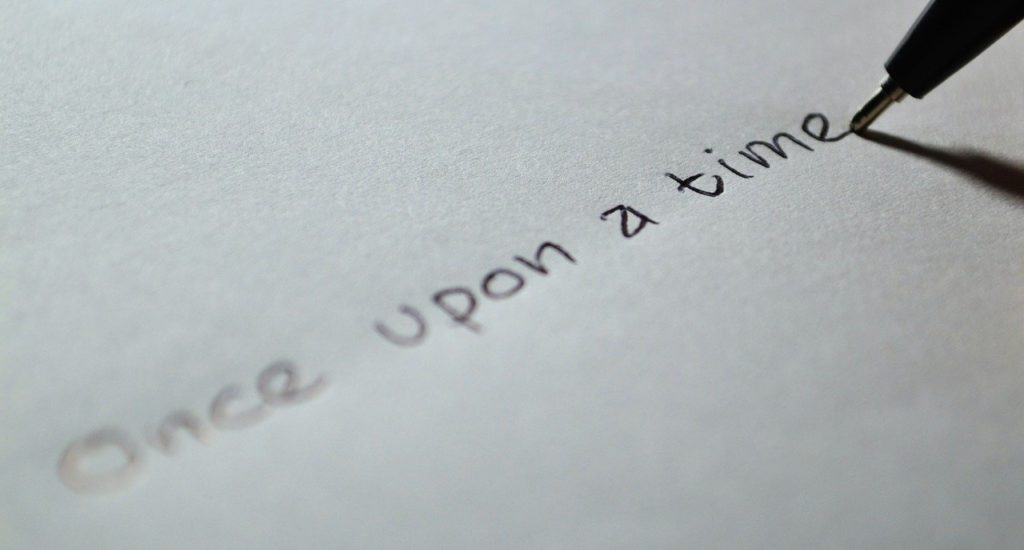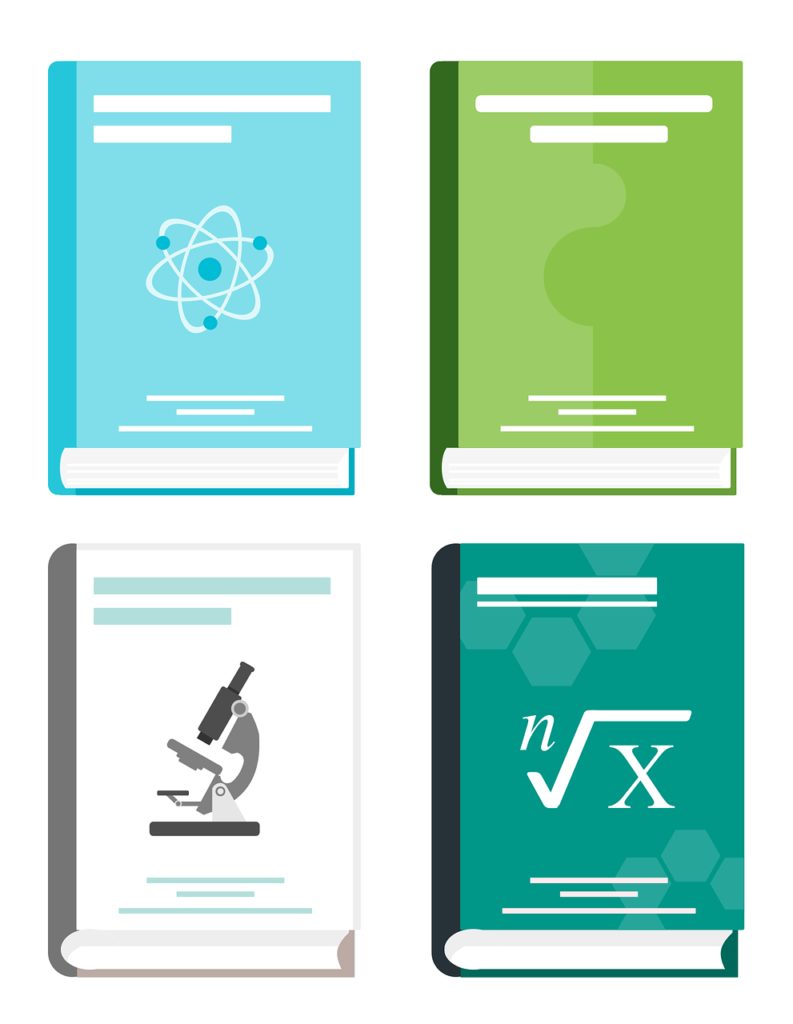Why should we bother using stories in science?
Research tells us we are wired to learn and to share through stories.
Narrative (or storytelling) helps us to make sense of the world around us and share our understanding with others [1]. Put simply, narrative is “an account of events occurring over time.”[2] It’s how we organise the mass of information inside our heads and the things we observe and experience in our everyday lives.


There is a lot of literature out there to prove the benefits of using stories to teach science. A few of these are:
- Narrative form is more likely to engage students with science content; [3]
- Stories help students remember what they’re learning; [3,4]
- Students who don’t identify with the dominant culture of the classroom can find a way to connect with the subject matter and with the teacher when given the opportunity to learn and communicate through stories; [5]
- Stories allow students to place themselves within the science and make real connections with it; [6]
- Through stories, students are encouraged to use their imagination which allows them to see possibilities for themselves as having a place in the world of science; [7]
- Use of narrative in science can help learners to move beyond the mental block that scientific thinking imposes (it doesn’t come naturally to most people). [7]
A lot of emphasis is placed on teaching science through telling stories, but we should be focusing on our students learning science through their own stories. Most students are desperate to tell their stories and to be heard. What if we could make learning in science a way for them to construct their own understanding by telling a story about it?


This isn’t a new idea. In 2019, researchers set up the Science Video Project (SVP)[8] in four New Zealand schools, with learners aged 12-13 and 14-15. They were taught how to use video-making techniques to show their understanding of science ideas. The results for learners were extremely positive:
- Increased engagement with the science content;
- Development of a range of skills spanning the New Zealand Curriculum;
- Connection with course content by being free to use personality and humour in their films;
- Forced revision of content through researching, storyboarding, editing and making sure their films would appeal to their classmates.
Now more than ever, we need our learners to be a generation engaged with real science and able to communicate it effectively. With the changes to NCEA promoting creative communication of science understanding, us teachers need to be equipped to get the best out of our classes. Of course, there is risk in trying something different, but I can say from experience that the mountain always seems bigger and harder to climb than it actually is. You can’t get to the top in one go, so do it one step at a time. Start with an activity or two in your lessons, build up to making a podcast, then try a story assessment.
Do you have a question or an idea to share? Contact me.
References
[1] Schank & Berman, 2002, cited in Avraamidou, L., & Osborne, J. (2009). The Role of Narrative in Communicating Science. International Journal of Science Education, 31(12), 1683–1707. https://doi.org/10.1080/09500690802380695
[2] Bruner, J. (1991). The Narrative Construction of Reality. Critical Inquiry, 18(1), 1–21. Retrieved from https://www.jstor.org/stable/1343711
[3] Avraamidou, L., & Osborne, J. (2009). The Role of Narrative in Communicating Science. International Journal of Science Education, 31(12), 1683–1707. https://doi.org/10.1080/09500690802380695
[4] Vrasidas, C., Avraamidou, L., Theodoridou, K., Themistokleous, S., & Panaou, P. (2015). Science Fiction in Education: case studies from classroom implementations. Educational Media International, 52(3), 201–215. https://doi.org/10.1080/09523987.2015.1075102
[5] Tolbert, S. (2015). “ Because They Want to Teach You About Their Culture ”: Analyzing Effective Mentoring Conversations Between Culturally Responsible Mentors and Secondary Science Teachers of Indigenous Students in Mainstream Schools, 52(10), 1325–1361. https://doi.org/10.1002/tea.21240
[6] Bedford, L. (2001). Storytelling: The Real Work of Museums. Curator The Museum Journal, 44(1), 27–34.
[7] Gilbert, J., Hipkins, R., & Cooper, G. (2005). Faction or fiction: Using narrative pedagogy in school science education. In Redesigning Pedagogy: Research, Policy, Practice (pp. 1–16). Retrieved from http://www.nzcer.org.nz/pdfs/14292.pdf Abstract
[8] Martin, K. M., Davis, L. S., & Sandretto, S. (2019). Students as storytellers: mobile-filmmaking to improve student engagement in school science. Journal of Science Communication, 18(5), 1–19. https://doi.org/https://doi.org/10.22323/2.18050204.

